Deuteronomy 32:20: “How should one chase a thousand, and two put ten thousand to flight, except their Rock had sold them, and the Lord had shut them up?”
My brother and I were talking about linguistics and he mentioned a new model in linguistics that was emerging. It is called relevance in translation. I am still trying to figure that one out but I think this verse might prove to be a good example. Then again I may get a quick note from my brother saying I missed the whole point.
Still, Deuteronomy 32:20 is really Hebrew poetry at its best. What I love about Hebrew poetry, as with all poetry and art itself, is that it is not just one message that is being conveyed. That is the genius behind art, many messages can be conveyed by one work of art. That is the genius behind abstract art, you know those paintings that you feel your three year old could do a better job of painting. Do you ever notice how ambiguous the titles on paintings are, like “A woman,” or “A house,” etc. Sure you would like to know what the artist had in mind and what his message was, but more important, is what message do you get? In other words what is the relevance?It is important to study how the painting was relevant to the artist, his culture and his time. It is also important to study how it isrelevant to society, but ultimately it will come down to how is it relevant to you? How does it make you feel, what emotions rise up in you when you look at that painting or read that poem? Why does it affect you that way? Does it help you understand your life’s journey in some way? Is it a tool to help you work through some personal issue and help you understand your issue? So too, is the Hebrew poetry in Scripture. Five people may read a poem such as this one in Deuteronomy and there may be five different understandings, the Talmud calls it the seventy faces of Torah. This is the teaching that each verse may have seventy different shades of meaning or relevance. That is why it is so important to never study the Word of God alone, why you need a study partner, particularly when dealing with Hebrew poetry. Because each word in Hebrew poetry can have a very wide range of meaning and it takes a group discussion, a Midrash (sharing one’s personal commentary with others), to explore this beautiful garden. You need someone to say; “Hey look, here is a beautiful rose,” or someone else to say: “Look at this beautiful tree,” and then you need them to explain to you the beauty they see that you do not see.
Take a look at one beautiful flower here in Deuteronomy 32:30. Stop and examine it closely, look at each petal of this flower, one petal is the Hebrew word marker. This word shows the genius of our Master Artist. Marker is rendered in the KJV as sold but the word in Hebrew mimkar would be a better one to use if you want to express the idea of being sold. By using the word marker our Divine Artist has made this expression very relevant to us. This word has a double meaning which shows how it is applicable to each one of us. You see markar is also the word for giving in marriage. This perfectly fits in this poetic flower alongside another petal calledsagar. Sagar is rendered in the KJV as being shut up. It expresses the idea of being sealed, locked together as a couple is sealed in marriage or locked together in their commitment to each other. Thus, we have: “How can one chase a thousand and two put ten thousand to flight except their Rock (God) had given them in marriage and Jehovah seals or locks them together.”
Then look how ambiguous the syntax is. This is so like Hebrew poetry. Because next to these two petals, marker and sagar, you see a third petal, a very colorful petal which is the word rendered as one. In Hebrew this is the word echod. Our Amazing and Divine Artist has cleverly used this word to give us a double message. How could God have used any other word for one if He were not the embodiment of perfect love? For we have a very clear double message here. How can one or echod, which expresses a unity of God and us, give chase to one thousand or two give chase to ten thousand? The word for two is shanim which comes from the root word shana which means to repeat but in a plural form means two. You have two separate individuals welded into an echod or a collective one. This verse or Scriptural flower has one other gloriously colored petal called suram. This word means a rock, fortress or refuge and is a poetic picture of God. It has a third person plural stem meaning their rock that Jehovah has sealed.
Two meanings are very apparent here. One (Godhead) can give chase to one thousand, but man united with God in a marriage, can give chase to ten thousand. But because of the poetic nature of this phrase you can also read it to mean “One (the God head) can give chase to one thousand, but two (man and woman in a marriage with God as their head, their stronghold, where Jehovah has locked or sealed them together) can give chase to ten thousand.
So here we have two messages for you as the reader. Which one will you apply to your life? Perhaps the one that is most relevant to you. If you are not married you have your own little message there, if you are married, well there is a message in there for you as well. If you are a pastor or Christian worker consider the idea that you and God can give chase to one thousand, but you and your wife together with God can give chase to ten thousand.
Maybe you saw something else in this flower? If you don’t like those messages then you look at this little poetic flower and see if you can find another shade of meaning, after all the sages did teach seventy faces of Torah.
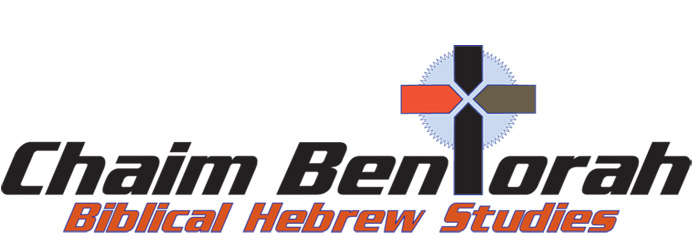

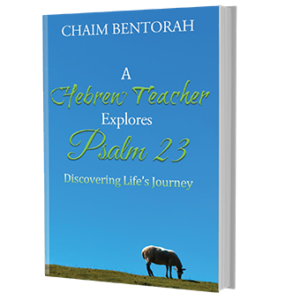
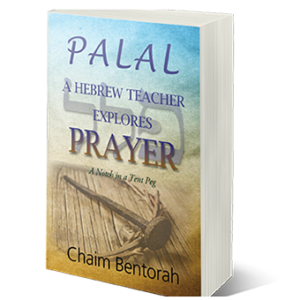
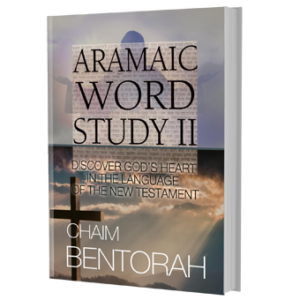
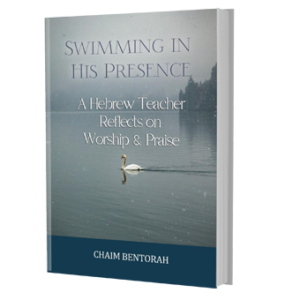


Recent Comments